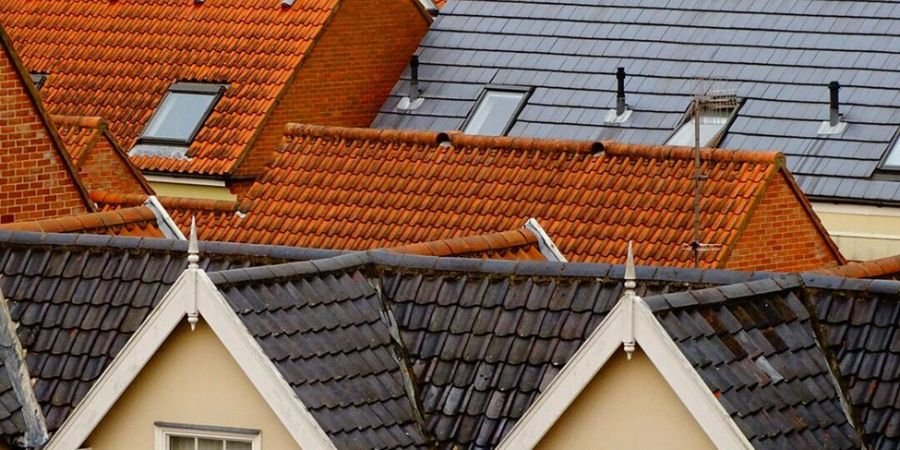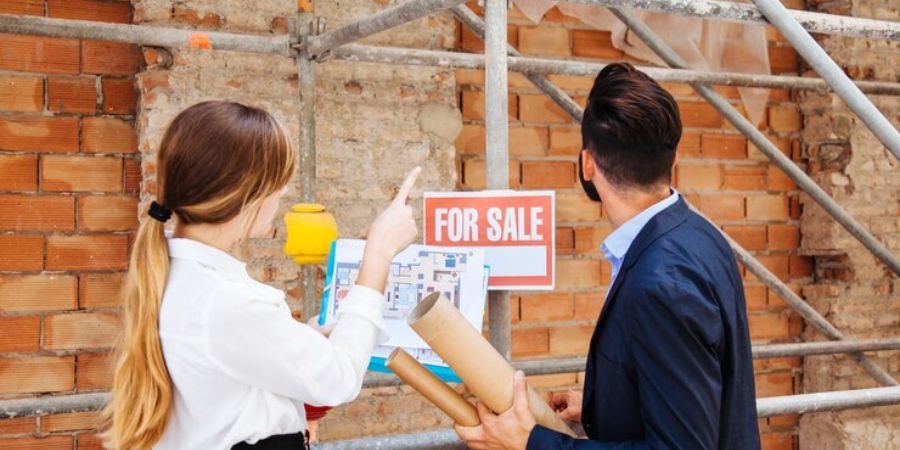The Ultimate Guide to Modern Roof Design Types: Styles and Trends
Choosing the right roof design for your home can be a daunting task, especially with so many options available in today’s market. Whether you’re building a new home or renovating an existing one, the roof is one of the most critical elements to consider.
Not only does it protect your home from the elements, but it also significantly impacts the overall aesthetic and value of your property. In this ultimate guide, we’ll explore various modern roof design types, styles, and trends to help you make an informed decision.
Why Roof Design Matters
A well-designed roof not only enhances the curb appeal of your home but also offers several functional benefits. These include improved energy efficiency, better water drainage, and increased durability. Modern roof designs are often characterized by their sleek lines, innovative materials, and sustainable practices, making them a popular choice among homeowners.
Popular Modern Roof Design Types
There are several modern roof design types to choose from, each with its unique features and benefits. Below are some of the most popular options.
Flat Roofs
Flat roofs are a staple in modern architecture. Despite their name, these roofs are not entirely flat; they have a slight pitch to allow for water drainage. Flat roofs offer a minimalist and sleek appearance, making them ideal for contemporary homes. They are also versatile and can be used for additional outdoor living space, such as rooftop gardens or terraces.
Pros:
- Cost-effective
- Easy to install and maintain
- Suitable for rooftop gardens or solar panels
Cons:
- Limited drainage
- Requires regular maintenance to prevent leaks
Butterfly Roofs
Butterfly roofs are gaining popularity for their unique and eye-catching design. Shaped like a butterfly’s wings, this roof style slopes inward, creating a V shape. This design is excellent for water collection and offers plenty of natural light, making it a sustainable choice.
Pros:
- Excellent for rainwater harvesting
- Enables spacious windows and natural light.
- Unique and modern aesthetic
Cons:
- Expensive to construct
- Requires precise engineering for drainage
Gable Roofs
Gable roofs are a classic design that has been modernized to fit contemporary aesthetics. Featuring two sloping sides that form a triangle, gable roofs are simple yet effective. They are particularly popular in areas with heavy snowfall, as the steep slope prevents snow accumulation.
Pros:
- Good for water and snow drainage
- Easy to build and cost-effective
- Provides ample attic space
Cons:
- Vulnerable to wind damage
- Needs extra support in windy areas.
Shed Roofs
Shed roofs, also known as skillion roofs, are single-sloping roofs that provide a modern, industrial look. They are often used in combination with other roof types to create a diverse architectural design. Shed roofs are also excellent for maximizing natural light and are commonly used for home extensions.
Pros:
- Easy to construct
- Ideal for solar panel installation
- Maximizes natural light
Cons:
- Limited attic space
- Not suitable for areas with heavy snowfall
Curved Roofs
Curved roofs are at the forefront of modern architectural roofing trends. These roofs feature a gentle curve, offering a futuristic and elegant look. Curved roofs are not only visually appealing but also provide excellent aerodynamics and water drainage.
Pros:
- Unique and modern aesthetic
- Good for water and snow drainage
- Energy-efficient
Cons:
- Complex and expensive to build
- Requires specialized materials and labor
Modern Roof Trends to Consider
Apart from the various roof design types, there are also several modern trends to consider. These include sustainable materials, energy-efficient features, and eco-friendly practices.
Sustainable Materials
Sustainability is a significant trend in modern roof design. Homeowners are increasingly opting for eco-friendly materials such as recycled metal, green roofs, and solar tiles. With an easy-to-follow sustainable living guide and the right materials you can reduce environmental impact and achieve long-term cost savings.
Integrated Solar Panels
With the growing emphasis on renewable energy, integrated solar panels are becoming a popular choice. Unlike traditional solar panels that sit on top of the roof, integrated solar panels are built into the roofing material, offering a seamless and aesthetically pleasing look.
Cool Roofs
Cool roofs are designed to reflect more sunlight and absorb less heat compared to standard roofs. They are typically made of reflective materials that help keep homes cooler, reducing energy costs and improving indoor comfort. Cool roofs are particularly beneficial in hot climates.
Roof Gardens
Roof gardens are an innovative way to incorporate greenery into urban living spaces. These gardens offer numerous benefits, including improved air quality, reduced energy costs, and enhanced aesthetic appeal. Roof gardens can be installed on flat or slightly sloped roofs and are becoming a hallmark of sustainable urban design.
How to Choose the Right Roof Design
Selecting the right roof design involves considering several factors, including your home’s architectural style, climate, budget, and personal preferences. Here are some tips to help you make the best choice:
Assess Your Needs
Start by defining your roof’s main purpose. Do you want extra outdoor space, improved energy efficiency, or a unique look for curb appeal? Knowing your needs will steer your decisions and prioritize key features.
Consider Your Climate
Select a roof that suits your climate. Gable roofs are good for snowy areas, as their steep pitch helps snow slide off. Flat roofs work in dry climates, with a slight slope to drain rain. Choose modern roofing materials and designs based on local weather.
Budget
Creating a budget is key for roofing decisions. First, consider initial costs, energy efficiency, and maintenance. Some designs need special materials and labor, increasing costs. So, set aside money for unexpected installation or repair expenses.
Architectural Style
Ensure the roof design matches your home’s architectural style. A modern roof might not suit a traditional home, and vice versa. Consider aesthetics for a cohesive look that boosts your property’s value.
Consult a Professional
Partnering with a qualified architect or roofing contractor is vital to explore your options and make informed decisions. Professionals can offer insights into the latest materials and technologies, help you navigate local building codes, and identify potential challenges specific to your project, ensuring your new roof meets your needs and expectations.
Explore The Different Modern Roof Design Types Today
Choosing the right roof design is essential for both style and function. Consider your needs, local climate, and budget before making a decision. A good roof enhances your home’s appearance and provides lasting protection.
Modern roof design types like flat, gable, or butterfly roofs offer unique benefits that can improve energy efficiency and outdoor space. By investing time in selecting the best roof, you ensure your home remains beautiful and safe for years to come.
If you liked this article, visit our blog for more captivating reads on various topics.
Share this content:














Post Comment